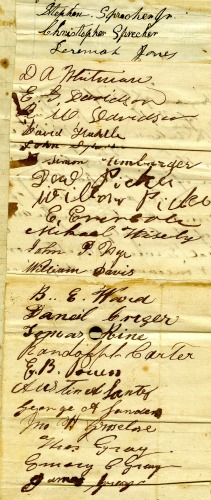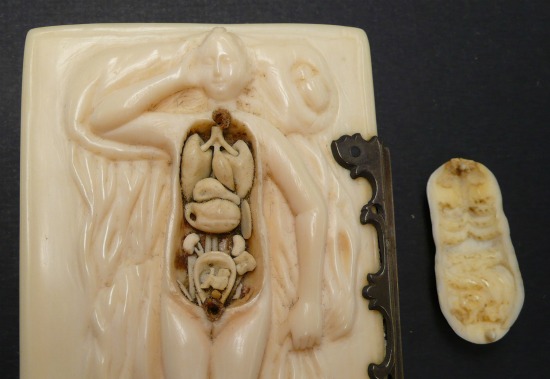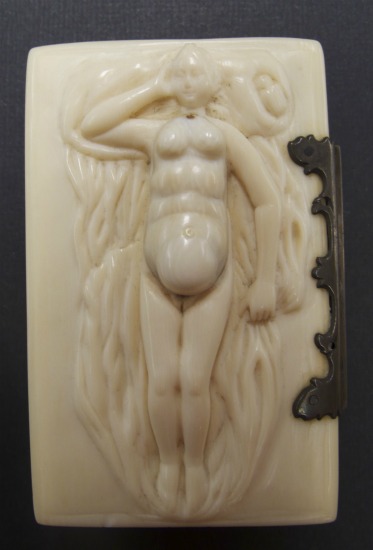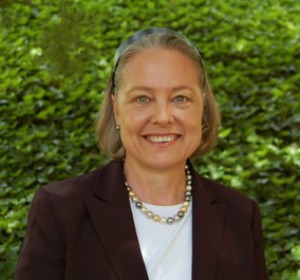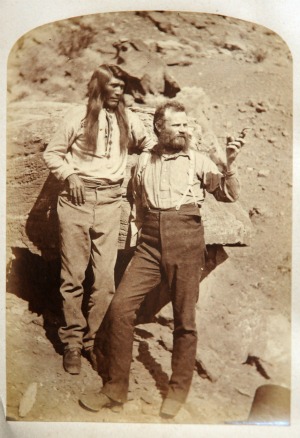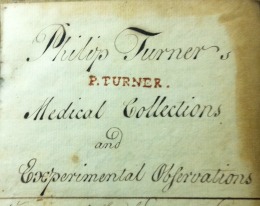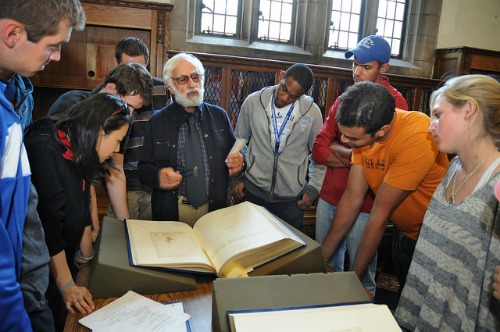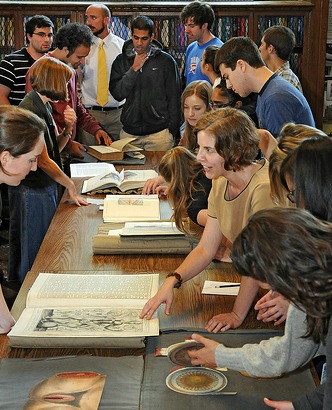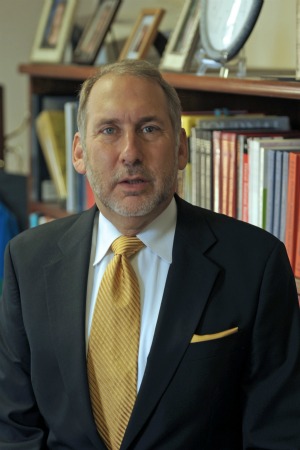 Date: Tuesday, April 10, 2012
Date: Tuesday, April 10, 2012
Time: Light buffet supper at 5:30 PM; lecture begins at 6:00 PM
Location: Duke Medical Center Library, Room 102
Contact information: Rachel Ingold, 919-684-8549 or rachel.ingold(at)duke.edu
Please join the Trent History of Medicine Society/Bullitt History of Medicine Club for its next speaker series event on Tuesday, April 10, 2012. Edward C. Halperin, MD, MA, FACR, will be discussing “Slave Medicine and the Banality of Evil.”
Dr. Halperin received his undergraduate degree from The Wharton School of the University of Pennsylvania, his medical degree from the Yale University School of Medicine, and a masters’ degree in Liberal Studies from Duke University. He served on the faculty at Duke University for 23 years where he held endowed chairs in radiation oncology and medical education, and served as chairman of the department of radiation oncology and vice dean of the School of Medicine. In 2006, he was named Dean of the Medical School at the University of Louisville in Kentucky and Vice Provost of the University. As of May 1 this year, Dr. Halperin will begin as Chief Executive Officer and Chancellor for Health Affairs, Professor of Radiation Oncology, Pediatrics, and History, at New York Medical College and Provost for Biomedical Affairs at Touro College and University.



